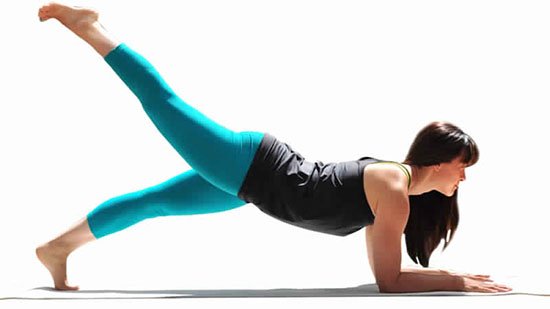Yoga: What is yoga? How does it work? #3

Types of yoga
Modern forms of yoga have evolved into exercise focusing on strength, flexibility, and breathing to boost physical and mental well-being. There are many styles of yoga, and no style is more authentic or superior to another; the key is to choose a class appropriate for your fitness level.
Types and styles of yoga may include:5,6
man in an ashtanga yoga pose
Classes should be chosen depending on your fitness level and how much yoga experience you have.
Ashtanga yoga: based on ancient yoga teachings but popularized in the 1970s, each of the six established sequences of postures rapidly link every movement to breath.
Bikram yoga: held in artificially heated rooms at temperatures of nearly 105 degrees and 40% humidity, Bikram is a series of 26 poses and sequence of two breathing exercises.
Hatha yoga: a generic term for any type of yoga that teaches physical postures. When a class is labeled as "hatha," it is usually a gentle introduction to the basic yoga postures.
Iyengar yoga: focused on finding the proper alignment in each pose and using props such as blocks, blankets, straps, chairs and bolsters to do so.
Jivamukti yoga: meaning, "liberation while living," jivamukti yoga emerged in 1984, incorporating spiritual teachings and vinyasa style practice. Each class has a theme, which is explored through yoga scripture, chanting, meditation, asana, pranayama, and music, and can be physically intense.
Kripalu yoga: teaches practitioners to get to know, accept and learn from the body. In a Kripalu class, each student learns to find their own level of practice on a given day by looking inward. The classes usually begin with breathing exercises and gentle stretches, followed by a series of individual poses and final relaxation.
Kundalini yoga: the Sanskrit word kundalini means coiled, like a snake. Kundalini yoga is a system of meditation directed toward the release of kundalini energy. A class typically begins with chanting and ends with singing, and in between features asana, pranayama, and meditation designed to create a specific outcome.
Power yoga: an active and athletic style of yoga adapted from the traditional ashtanga system in the late 1980s.
Sivananda: a system based on a five-point philosophy that holds that proper breathing, relaxation, diet, exercise, and positive thinking work together to form a healthy yogic lifestyle. Typically uses the same 12 basic asanas, bookended by sun salutations and savasana poses.
Viniyoga: intended to be adaptable to any person, regardless of physical ability, viniyoga teachers are required to be highly trained and tend to be experts on anatomy and yoga therapy.
Yin: a quiet, meditative yoga practice, also called taoist yoga. Yin yoga enables the release of tension in key joints: ankles, knees, hips, the whole back, neck, and shoulders. Yin poses are passive, meaning the muscles should be relaxed while gravity does the work.
Prenatal yoga: yoga postures carefully adapted for people who are pregnant. Prenatal yoga is tailored to help people in all stages of pregnancy and can support people in getting back into shape after pregnancy.
Restorative yoga: a relaxing method of yoga, spending a class in four or five simple poses using props like blankets and bolsters to sink into deep relaxation without exerting any effort in holding the pose.